Little Latvia at the side of lake Jugla
Ethnographic open-air museum of Latvia has had many names in its 100 year history: Open-air Museum of the Monument Board till 1944. 1940/1941 it was called Open-air museum of the Latvian SSR State Historical Museum, State Open-air Museum till 1954, State museum of Latvian rural life till 1959.
The mission of the museum has always remained - in order to sustain national identity, museum preserves, researches and wholistically exhibits monuments of Latvian traditional life from the end of 17th century till the mid-20th century, by using museum means revealing cultural heritage of Latvians and other nations living in Latvia, their daily traditions and aesthetical world.
 Arhitektūras studenti pie slieteņa 1929. gadā
Arhitektūras studenti pie slieteņa 1929. gadā
On February 2nd 1924 the Monument board of the Ministry of Education (head Fr. Ozoliņš, members: prof. P. Feders, doc. P. Kundziņš, director of the Ethnographical museum M. Siliņš, prof. A. Tentelis and technical head A. Štāls) made the decision to prepare the foundation of the Open-air Museum. It turned out to be a search for the best place of the museum - offers were Skrīveri, Stukmaņi (Pļaviņas) or Vecgulbene manor parks, territories next to Baltezers or Miļgrāvis were considered. 1928 Central Land division committee gave 75ha of the former Baloži (Bonaventura) manor to the creation of the Monument Board's Open-air museum - on sand dunes partially covered with pines, without buildings or roads.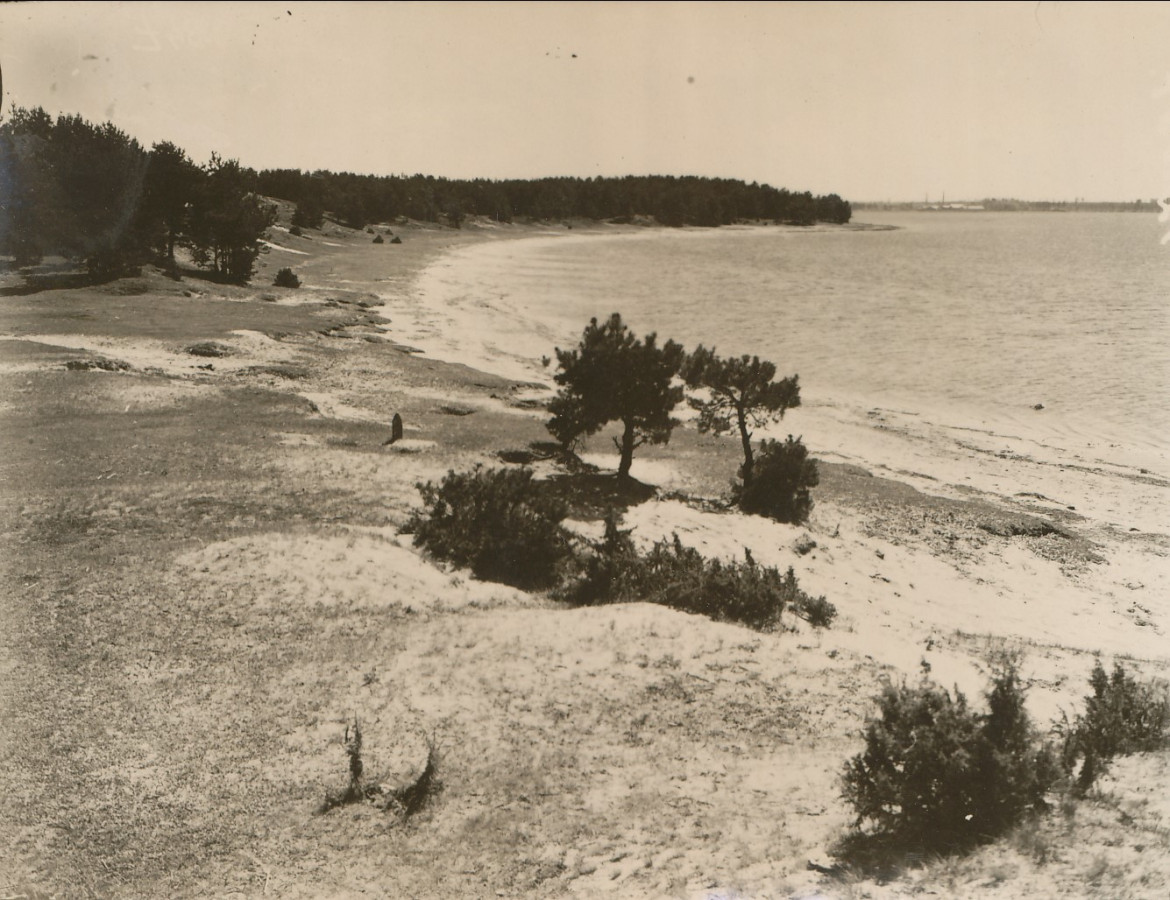
The search of buildings necessary was carried out by members of the Monument Board by adding students of architecture and art and part of the materials gained were published. The first building - thrashing house from Rizgi farmstead in Vestiena parish built in 1780, was moved to the museum in 1928, but the Open-air Museum was officially opened on May 13th 1932. It consisted out of 6 buildings of Vidzeme farmstead - living house, summer kitchen, milling house with a hand mill, grain and clothes barn, thrashing house and a bath house moved from Latgale, which was twice moved to other buildings of Latgale, while creating the village of Latgale.
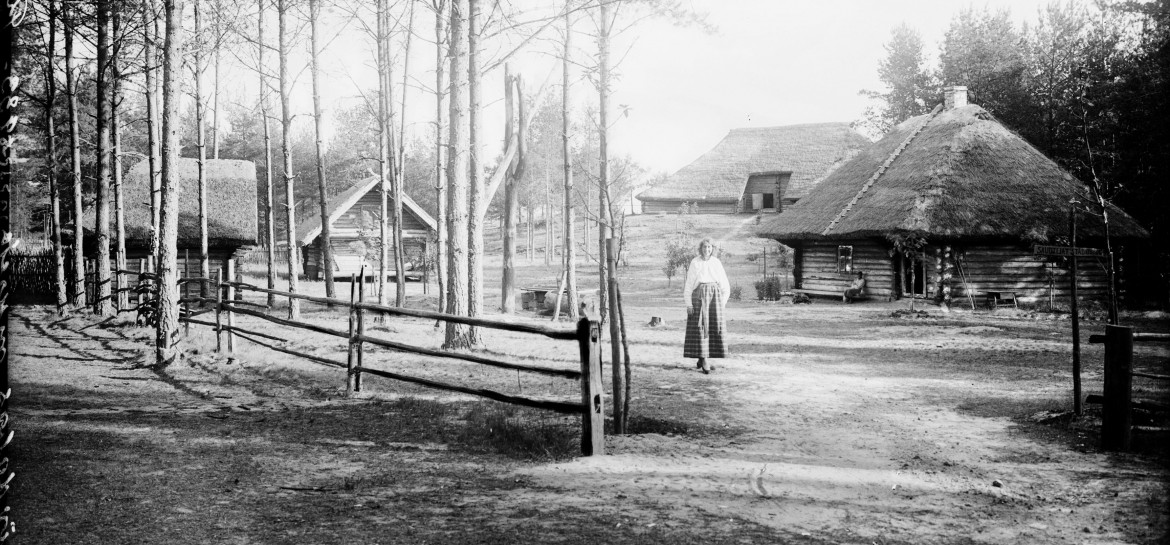
In the guidebook published in 1932, architect Pauls Kundziņš defines the meaning of the museum - the Open Air Museum wants to organize the cultural artefacts of our nation in such a connection and organic combination as they were created and used in past times, - to store the visible content of ancient life in a single view, which is contained in the buildings, their surroundings and in arrangement, interior design of premises, household and work accessories.
The creation of the Kurzeme homestead was started in 1932 with the magnificent arched porch barn from the "Dižlīķ(č)i" of the Kuldīga parish, found, transferred and installed by the student unit of the University of Latvia - "Līdums". The residential house from Tupeši farmstead of Nīca parish and the large, two-angled, or horse-shoe-shaped animal barn, whose 81 m long roof united 13 rooms, were moved to the museum only in 1938 and 1939.
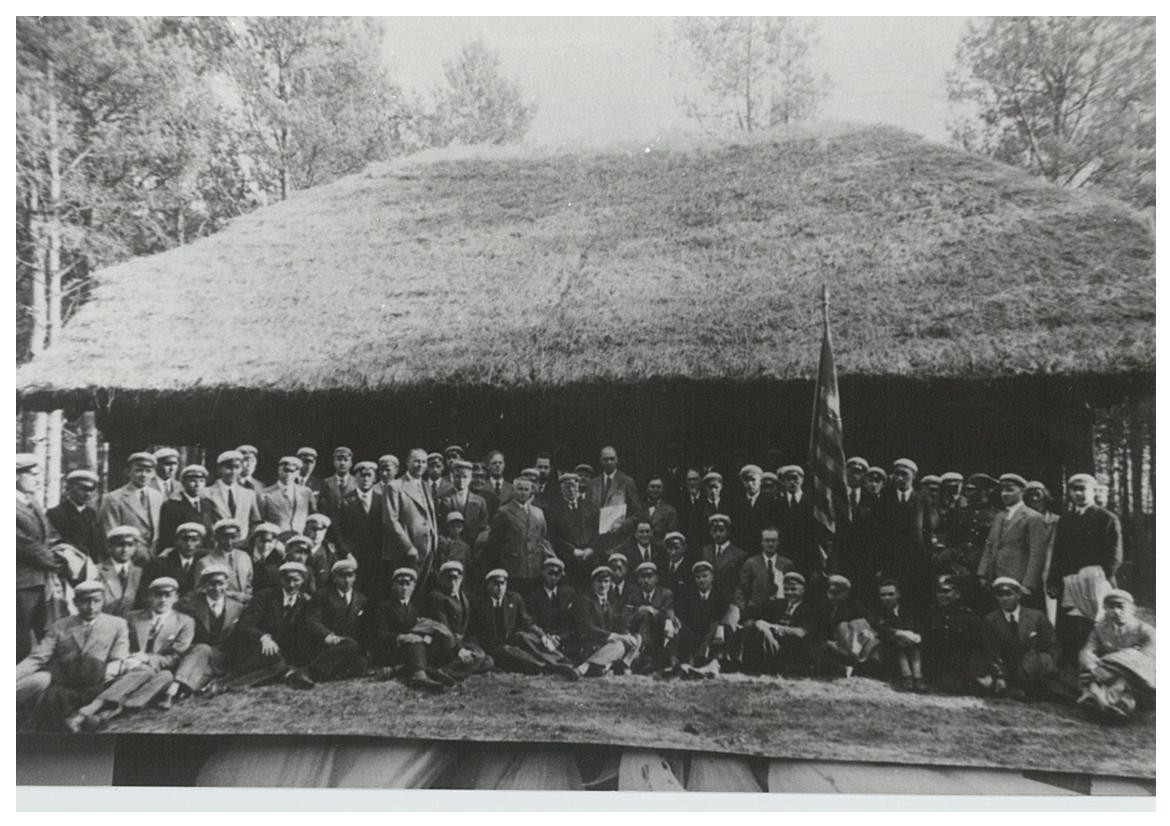
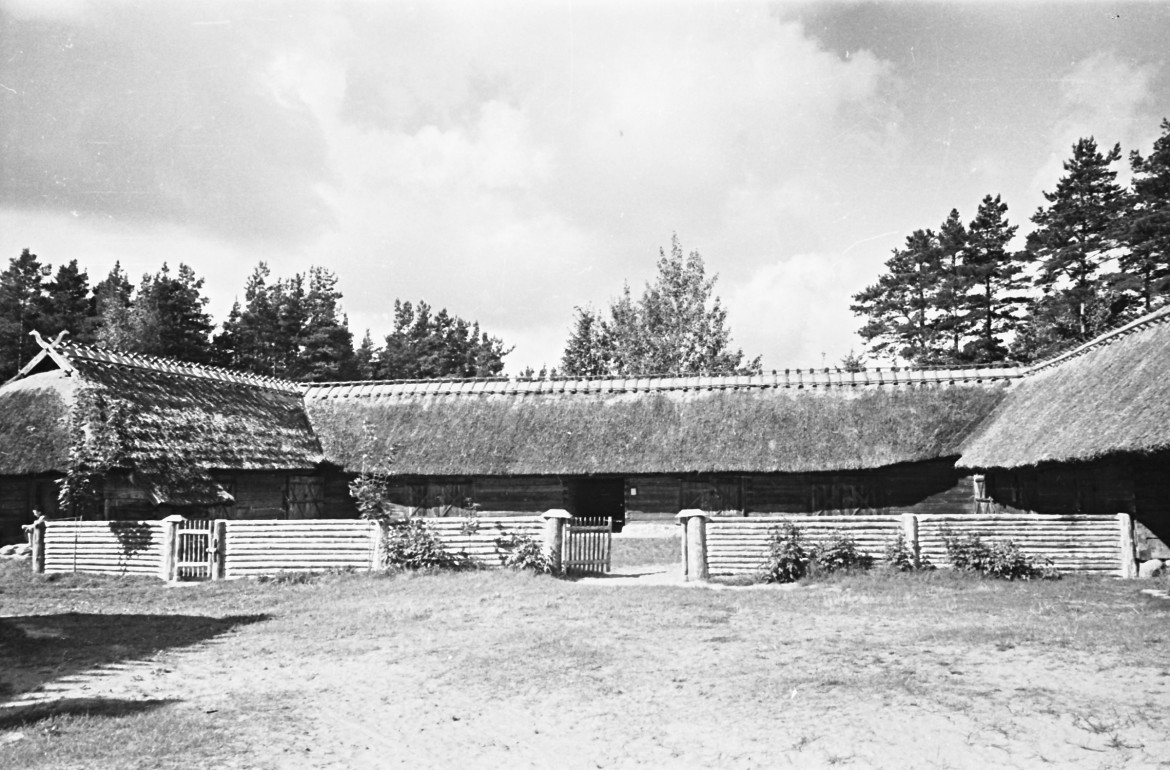
Latgale from 1934 was represented by the smoke living-house from Meirāni village in Gaigalava parish, but in 1936 the Latgale farmstead was created.
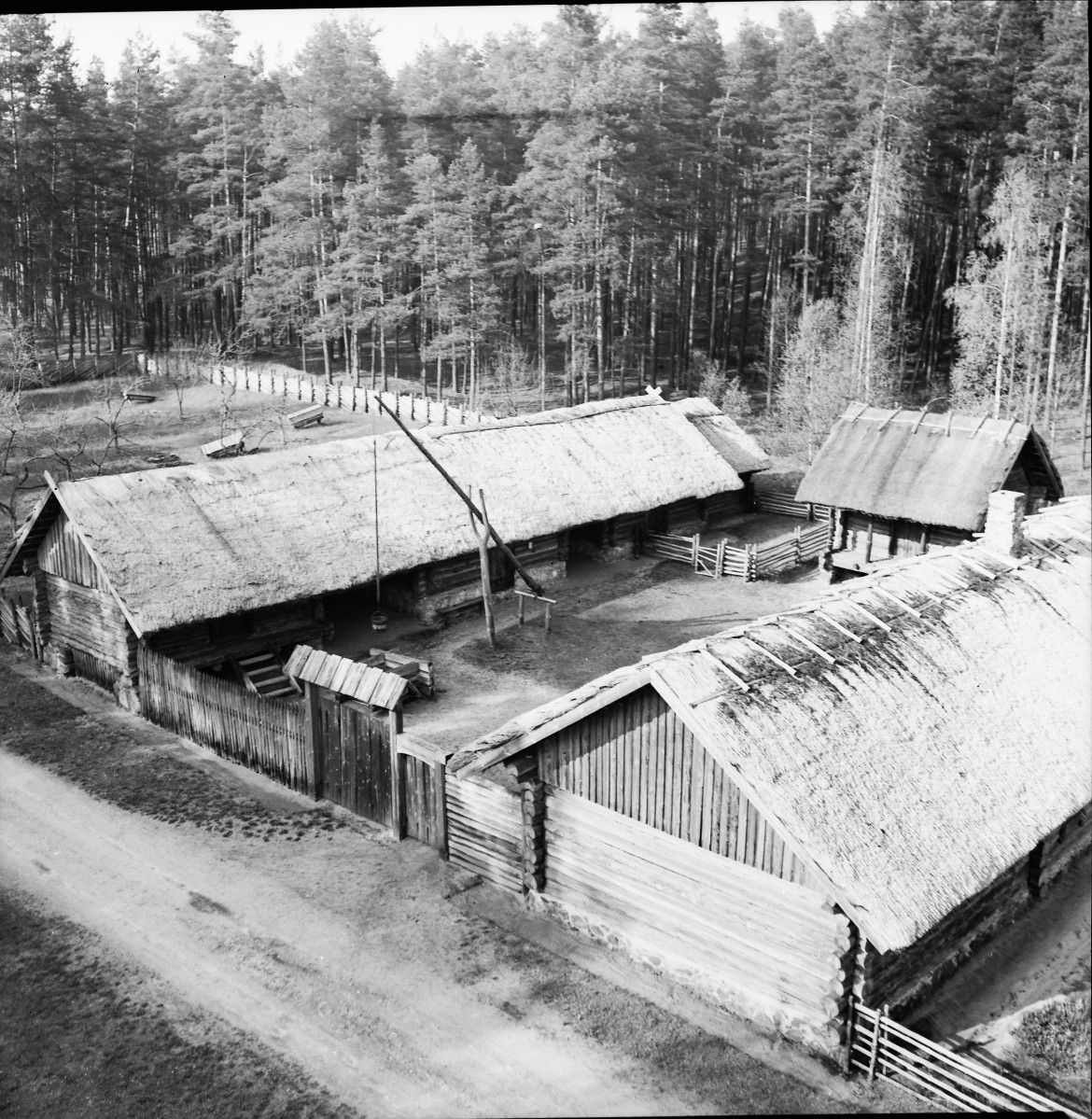
The construction of buildings on the Zemgale homestead began in 1936 for the belongings, livestock and food of the servant families, but already at the end of 1937 there was a residential house under the roofs, a monumental thrashing house with two outbuildings, a barn for grain and clothes and a sauna.
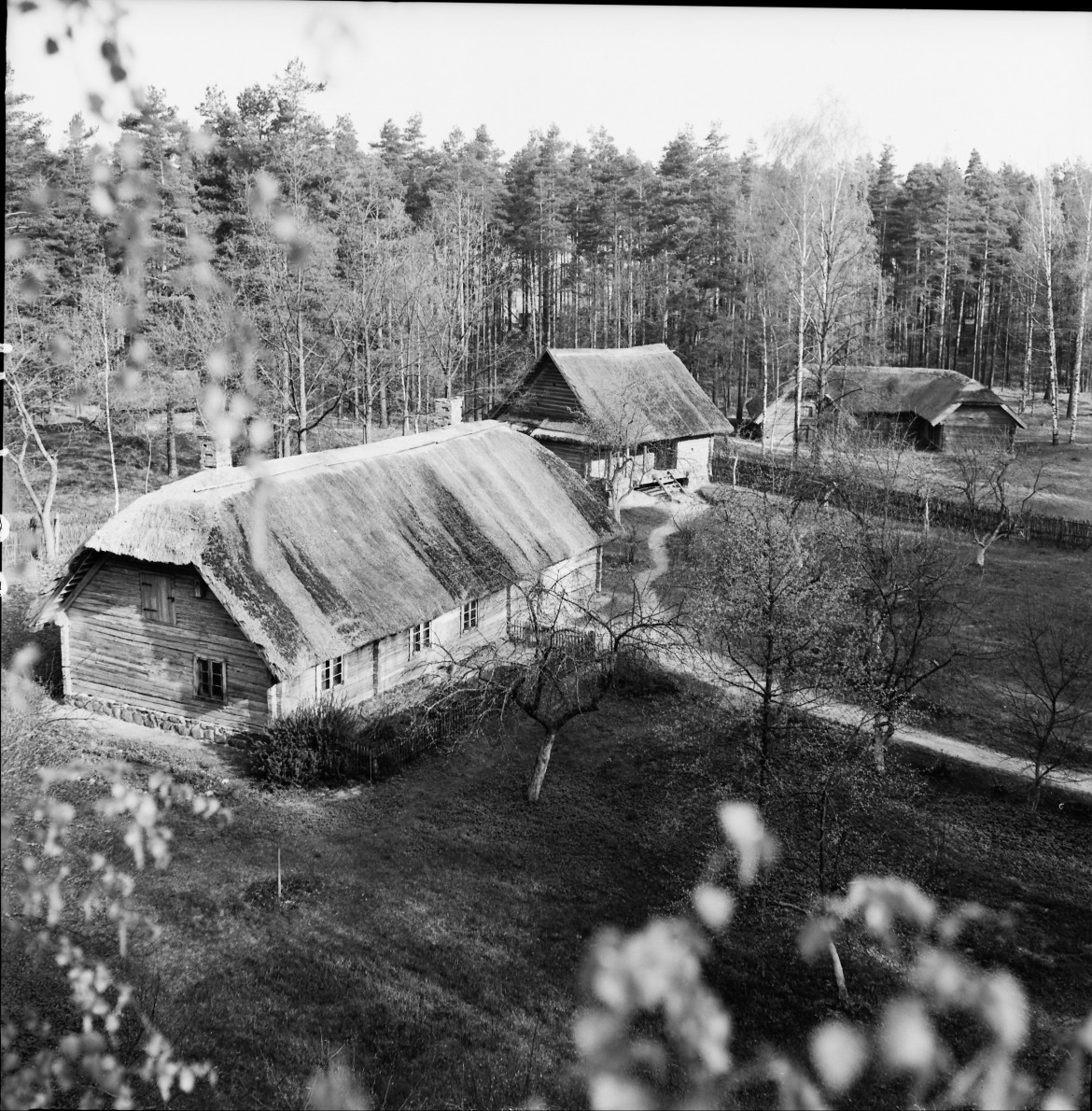
Other budlings moved to the museum till 1941 were the Valmiera thrashing and dwelling house with a room, that was used as a school in the beginning of the 18th century,
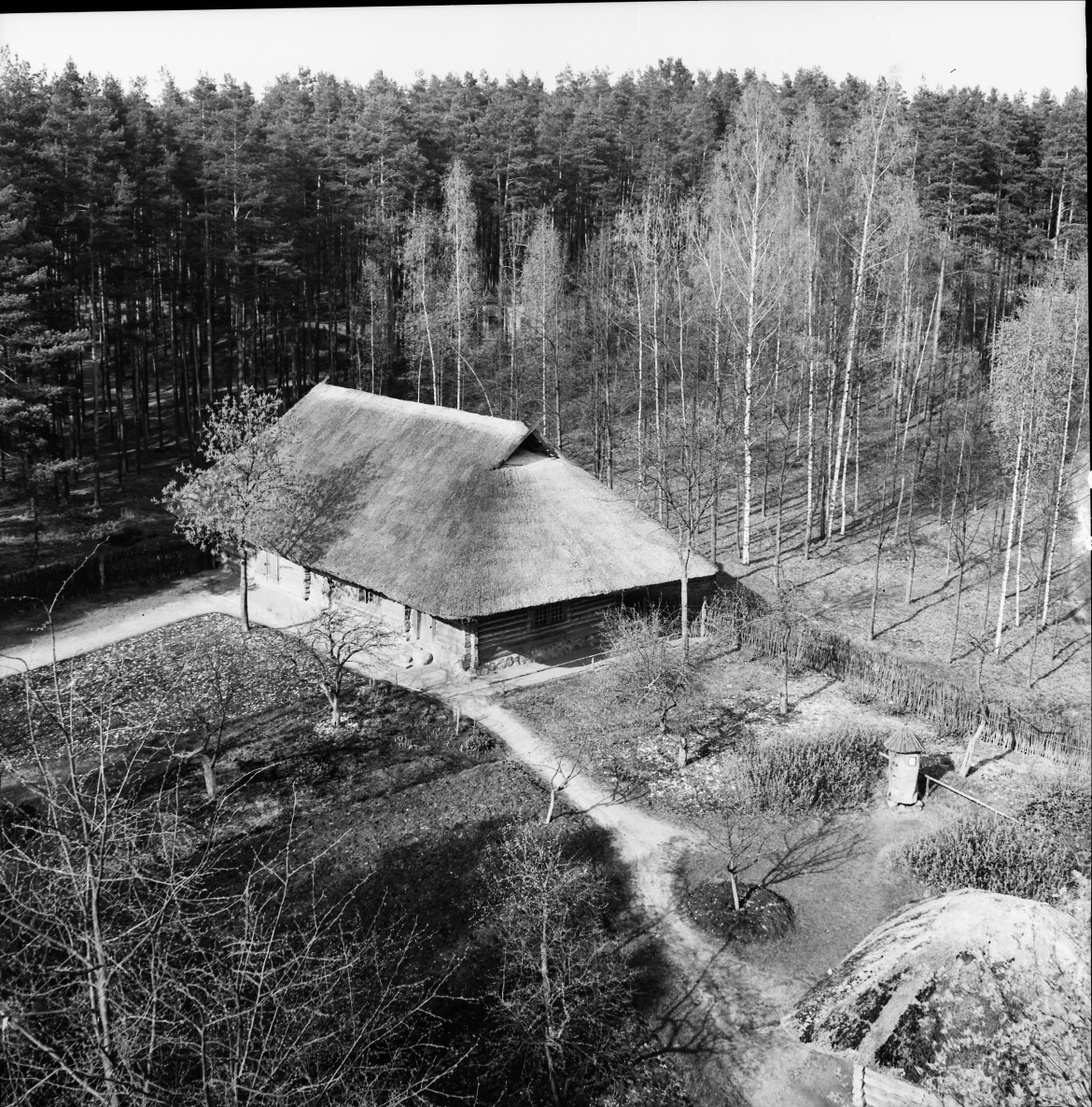
Pole type wind-mill, tar kiln, churches of Usma and Borne with their decorative interiors.
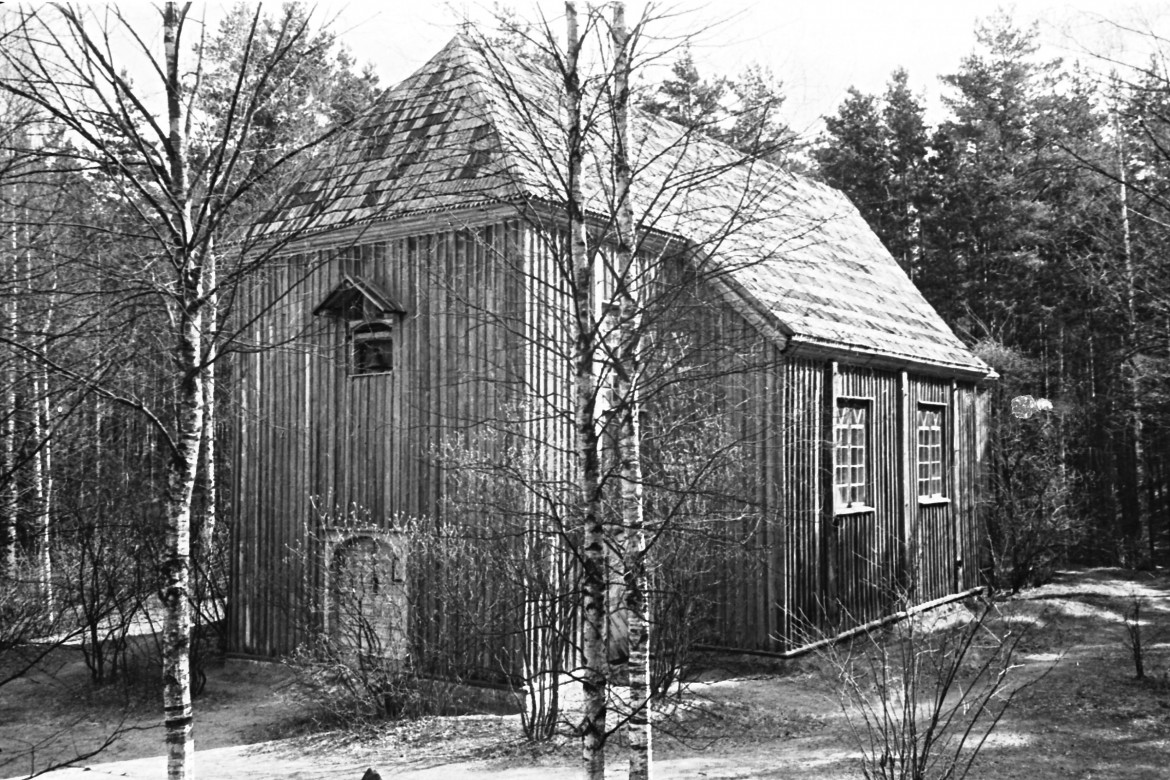
66m long Priede inn, meeting house of Moravian brethren/Hernhutters from Jaunmežuļi of Plāņi parish.
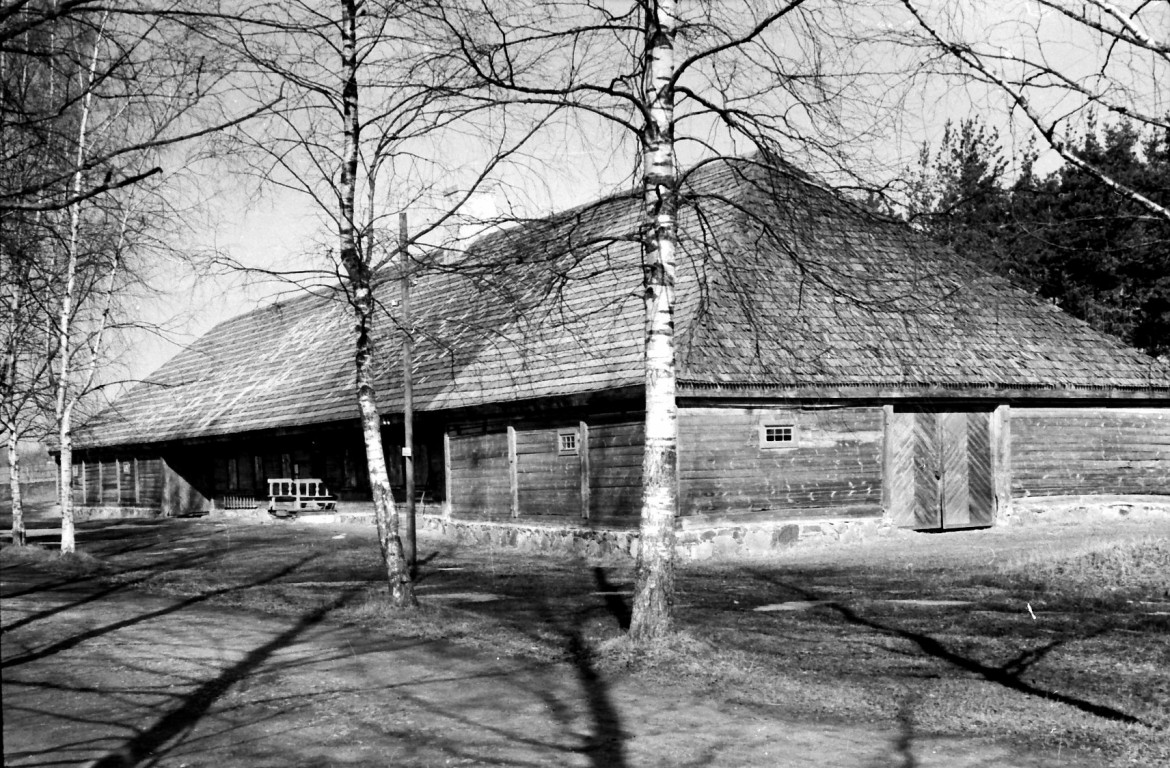
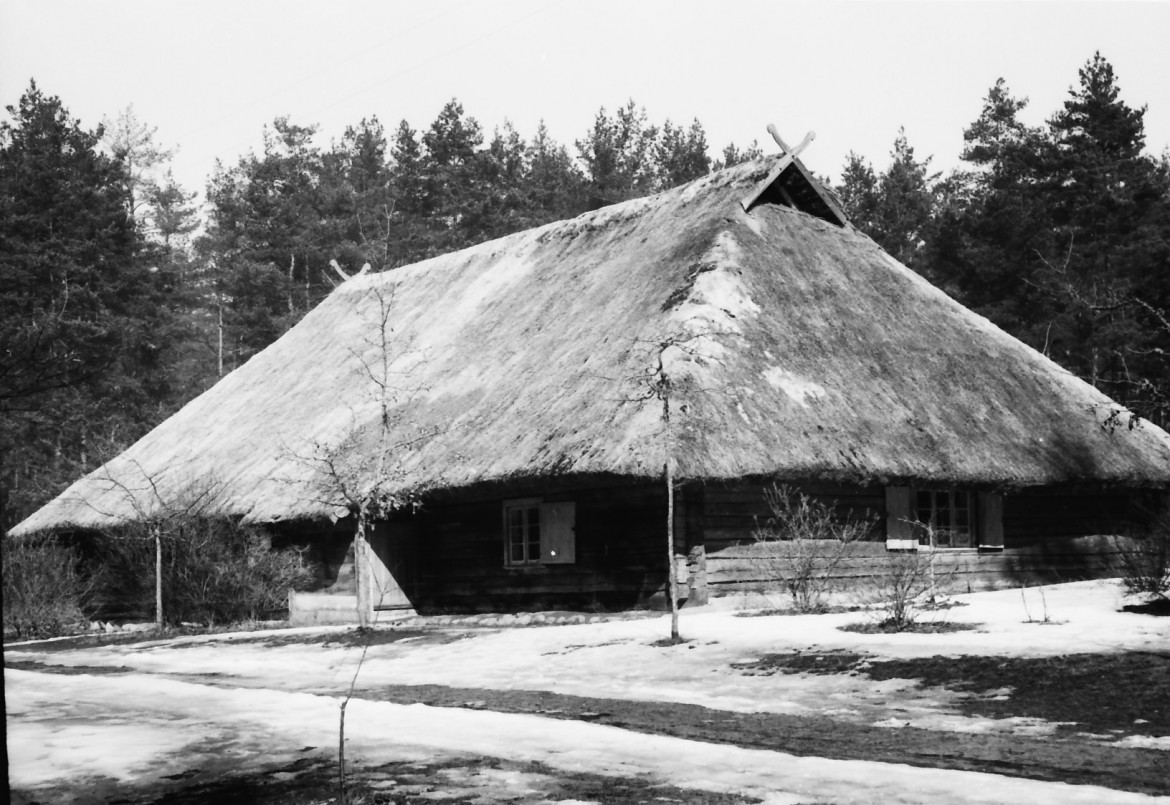 The installation of the "Bezdelīgas" warehouse of Liepāja port was finished. Next to all homesteads fruit gardens surrounded by traditional fences and gates were created and several birch groves were planted. During World War 2, when the activities of the Monuments Board were renewed, several buildings were identified and acquired, but only two - the Jaunrūni bathhouse of Sēļi parish with a living room and the Spirēni house bathhouse of Nīca parish - were moved, but installed already in the post-war years.
The installation of the "Bezdelīgas" warehouse of Liepāja port was finished. Next to all homesteads fruit gardens surrounded by traditional fences and gates were created and several birch groves were planted. During World War 2, when the activities of the Monuments Board were renewed, several buildings were identified and acquired, but only two - the Jaunrūni bathhouse of Sēļi parish with a living room and the Spirēni house bathhouse of Nīca parish - were moved, but installed already in the post-war years.
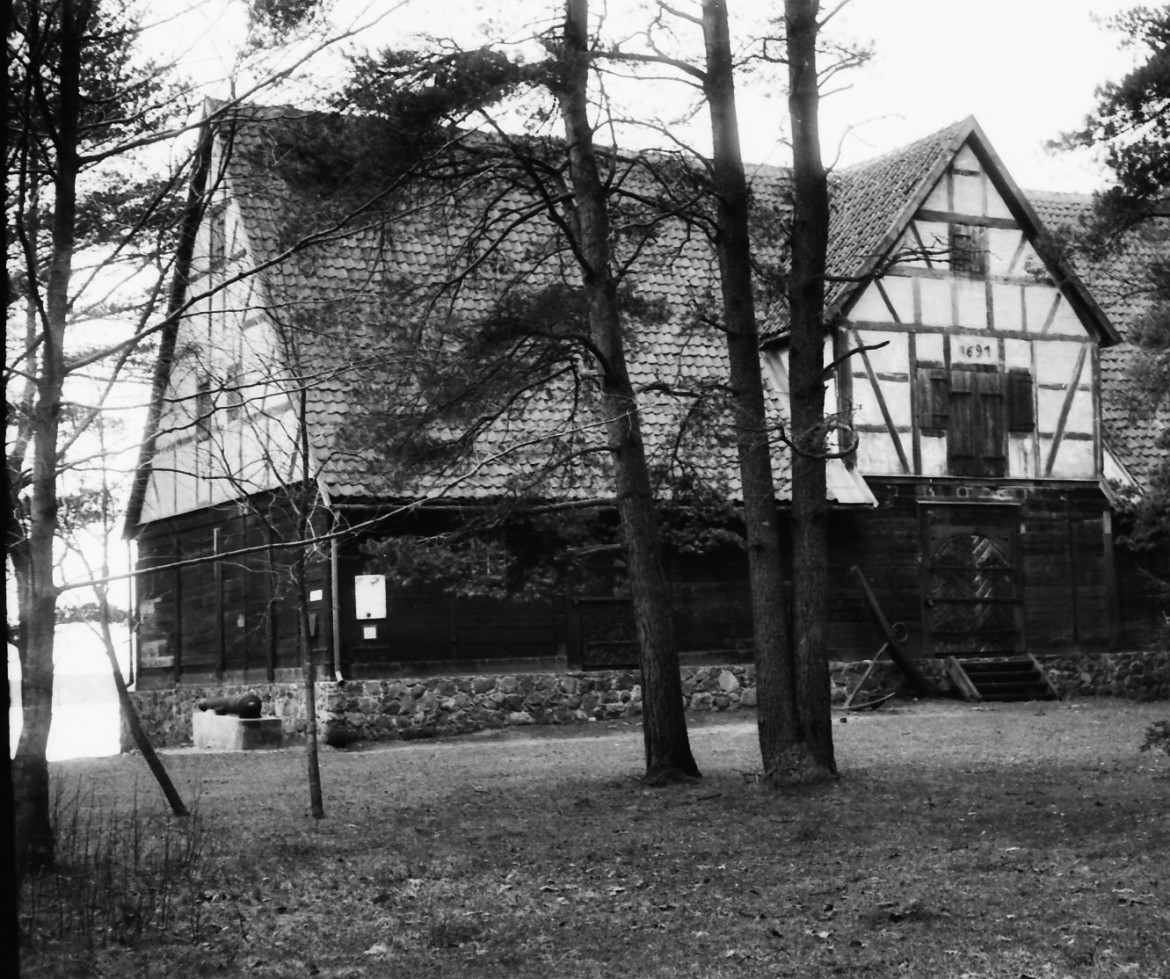
In the 1950s a homestead was moved to the museum, which characterizes lifestyle of a retired solider from 2nd half of 19th century, a potter's house and kiln from Latgale, smithy and a thrashing and dwelling house from Ārluikas of Jeri parish, which characterizes this unique building, which can be found only in Vidzeme and Estonia.
After the development and adoption of the general plan of the museum in 1964, the relocation of buildings related to the development of housing and various occupations (crafts) was purposefully realized - a fisherman's farm from the coast of Vidzeme with a residential house from Cēlāji in Ādaži parish (1966), Piebalga weaver's house with a spacious household room - workshop and peculiar heating systems (1964) and wood turner homesteads (1975), Vidzeme potter's workshop-kiln from Čipati in Lejasciems parish (1968), Dutch-type windmills (1974). At the same time, in order to more fully characterize the way of life of the inhabitants of Latgale in the sādža-type buildings before the 20th century agrarian reforms of the 1920s, a poor farmer's homestead was acquired and installed (1974), a Russian farmer's homestead with its characteristic type of construction - a closed courtyard (1976), a woodworker's homestead with the arrangement of buildings in a parallel three-row connection (1983), an Orthodox church (without of the interior) (1974) and the Catholic Eleonorville Chapel (1975) two thrashing houses (1972 and 1992) and two authentic crucifixes installed (1990 and 1992). The material culture and lifestyle of the Liiv's of Kurzeme of the 19th and the early 20th century is depicted by 7 buildings of the Dēliņi farmstead moved from the village of Lūžņa (1971), the oldest of which is a grain and clothes barn, built in 1819. The detached Liiv's homestead fits into the fishing village on the shores of Lake Jugla, characteristic of the Kurzeme coast.
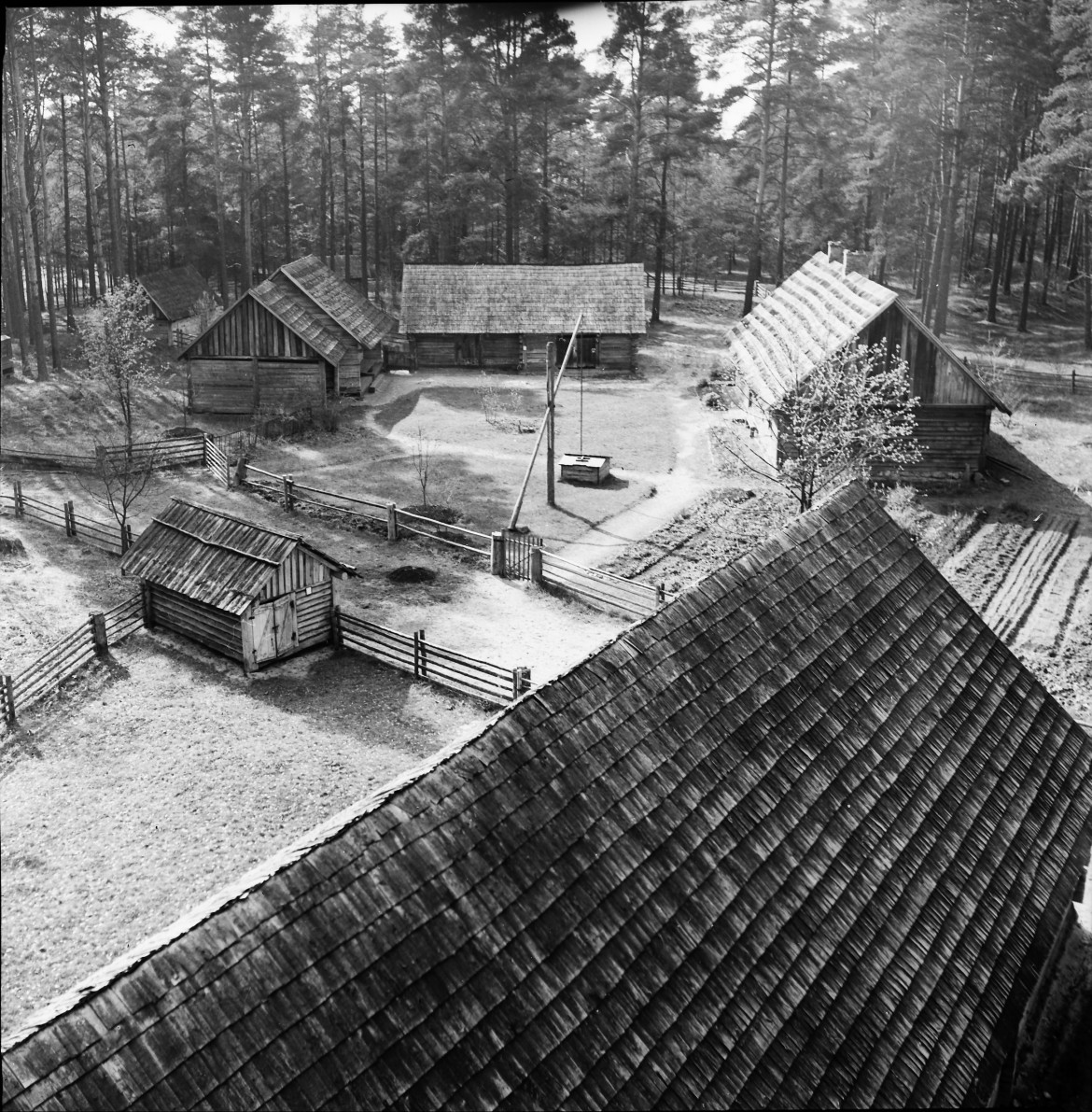
14 buildings were installed between 1981 and 1989 and represent geographically distant fishing farms: from the west coast Lurķi dwelling house from Rucava parish as a uniting object of the homestead, and from the East coast - Mauri dwelling house from Roja parish and its corresponding farm buildings from the Kurzeme coast of the Gulf of Riga. The rural construction trends and way of life of the 1920s and 1930s are characterized by between 1991 and 1996 created farmstead, represented by six 20th-century houses, which were constructed as a result of the agrarian reform of the 1920s.
The initiator for the idea of creating Open-air Museum and active supporter of it's actions int the early beginning was Pauls Kundziņš.

The principle arrangement of the buildings of various districts in the Open Air Museum was developed as a study by O. Tīlmanis. An important role in identifying and moving the buildings was played by P. Árenda, K. Andermanis, A. Teiven and J. Jaunzem, and F. Balodi as head of the Monuments Board from 1932 to for 1940. In the post-war period, when the structure of subordination changed, the identification of construction objects, their evaluation and relocation depended to a large extent only on the abilities and initiative of the managers and employees of the museum, which was partially influenced by the political conjuncture. In 1964, the main tasks of the master plan for the development of the Museum developed by V. Druģ were successfully implemented during the leadership of the museum directors A. Nesterova (1966 - 1984) and J. Indāns (1989 - 2008).
The principle arrangement of the buildings of various districts in the Open-air Museum was developed as a study by O. Tīlmanis. An important role in identifying and moving the buildings was played by P. Ārends, K. Andermanis, A. Teivens and J. Jaunzems, and F. Balodis as head of the Monuments Board from 1932 to for 1940. In the post-war period, when the structure of subordination changed, the identification of objects to exhibited, their evaluation and relocation depended to a large extent only on the abilities and initiative of the managers and employees of the museum, which was partially influenced by the political conjuncture. In 1964, the main tasks of the master plan for the development of the Museum developed by V. Druģis were successfully implemented during the leadership of the museum directors A. Ņesterova (1966 - 1984) and J. Indāns (1989 - 2008).
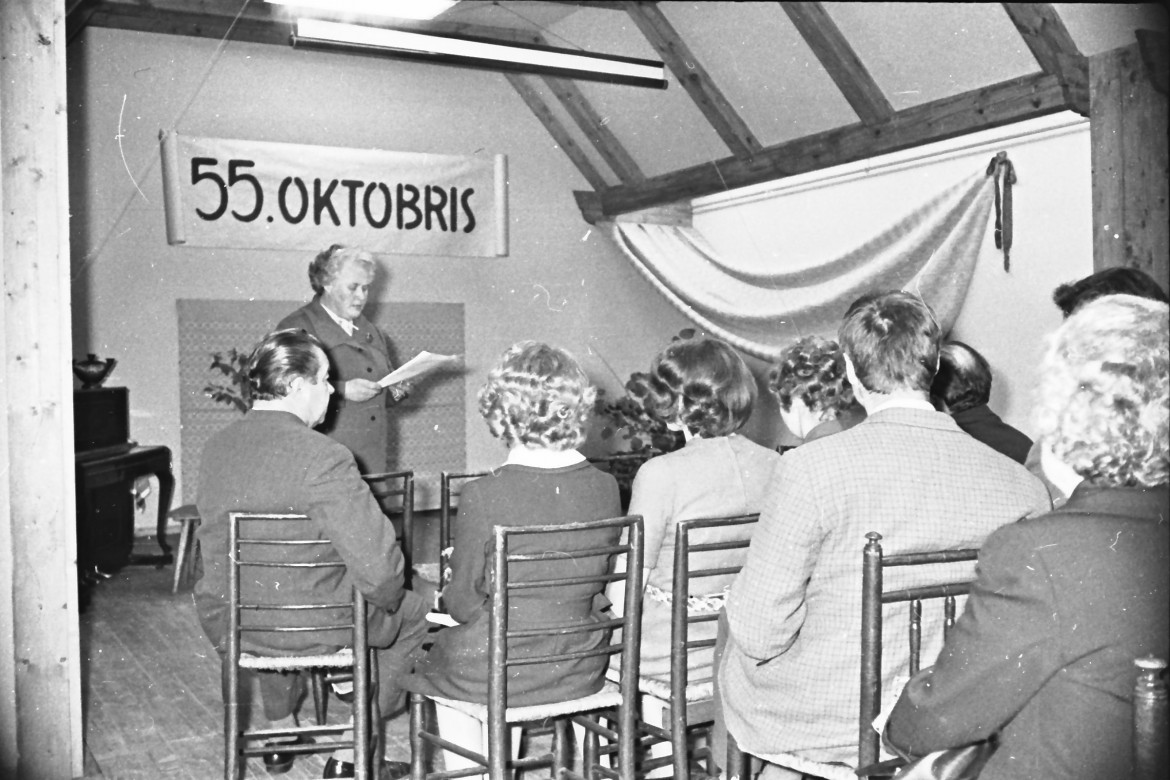
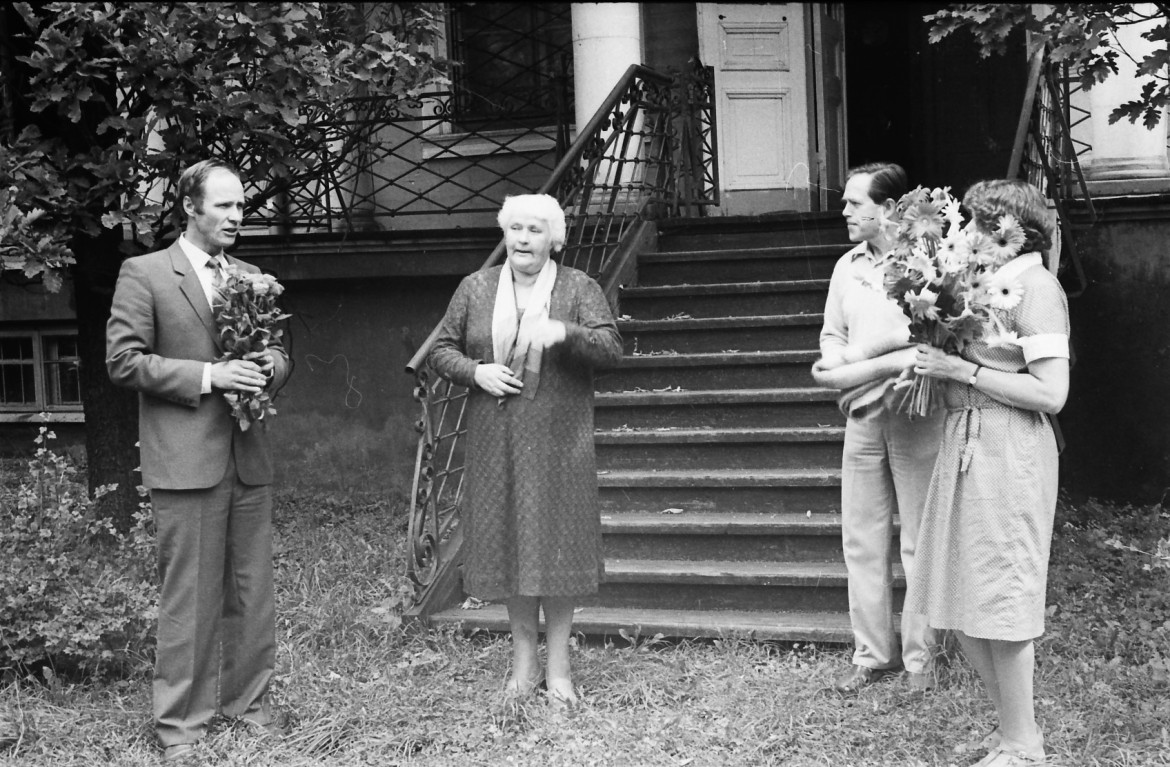 J.Indāns izsaka pateicību A.Ņesterovai
J.Indāns izsaka pateicību A.Ņesterovai
The open-air museum is now a planned collection, which with 118 wooden buildings, their arrangement, the relative position of the buildings and their groups in the landscape of 87 ha, shows the development of the people's lifestyle. From the moment of its foundation, the museum was created as a common historical memory of the entire country. Each cultural-historical region of Latvia - Kurzeme, Vidzeme, Latgale and Zemgale - is based on one farmer's homestead, but by supplementing it with local building variants, a high degree of reality is achieved. The material culture of the various social strata of agriculture is depicted with buildings of appropriate size and planning and their arrangement. It is important to get to know the development of building techniques and constructions, for example buildings without foundations, on wooden block foundations, stone piles and masonry foundations. The development of the log house can be traced from a relatively simple round log hewn in primitive cross beams to buildings of a developed plan from tested gables with corner joints in complex solutions of smooth beams. Already in the first plans of the museum, attention was paid to the roof shapes of the buildings as a significant regional peculiarity - the objects represented now show different stages of development and the use of roofing materials - from the archaic lubas to, wooden chip coverings popular in the late 19th and early 20th century, but once the most common covering material – rye straw, has been replaced by reeds. Examples of the development of heating - hearths, stone pile stoves, stoves of thrashing houses, smoke room stoves, casing smoke or mantle chimney variants, primitive heat walls and different types of glazed pot stoves, up to heating, where the chimney heats the clay floor, are familiar and comparable during a visit at the museum. The development of building elements can also be traced - doors and gates with wooden hinges, doors with iron hinges and with decorative stones or polychrome, profiled, ornamentally arranged plank surfaces, or a tradition preserved from the times of smokehouses - doors with a half, third or quarter opening. In authentic objects, it is possible to get acquainted with the development of windows, from a smoke hatch with a sliding wooden dart to glazing in frames with developed grooves.
Aware of the conditionality of the exposition of the Open Air Museum in relation to the rural environment and the landscape, from the end of the 1970s, 15 surviving buildings from 6 former farms of the 19th-20th centuries were taken over by the museum in Vēveri of Vecpiebalga parish and since 1989, the farmer-fisherman's homestead "Vītolnieki" with 6 buildings and their arrangement in Pape village of Rucava parish.
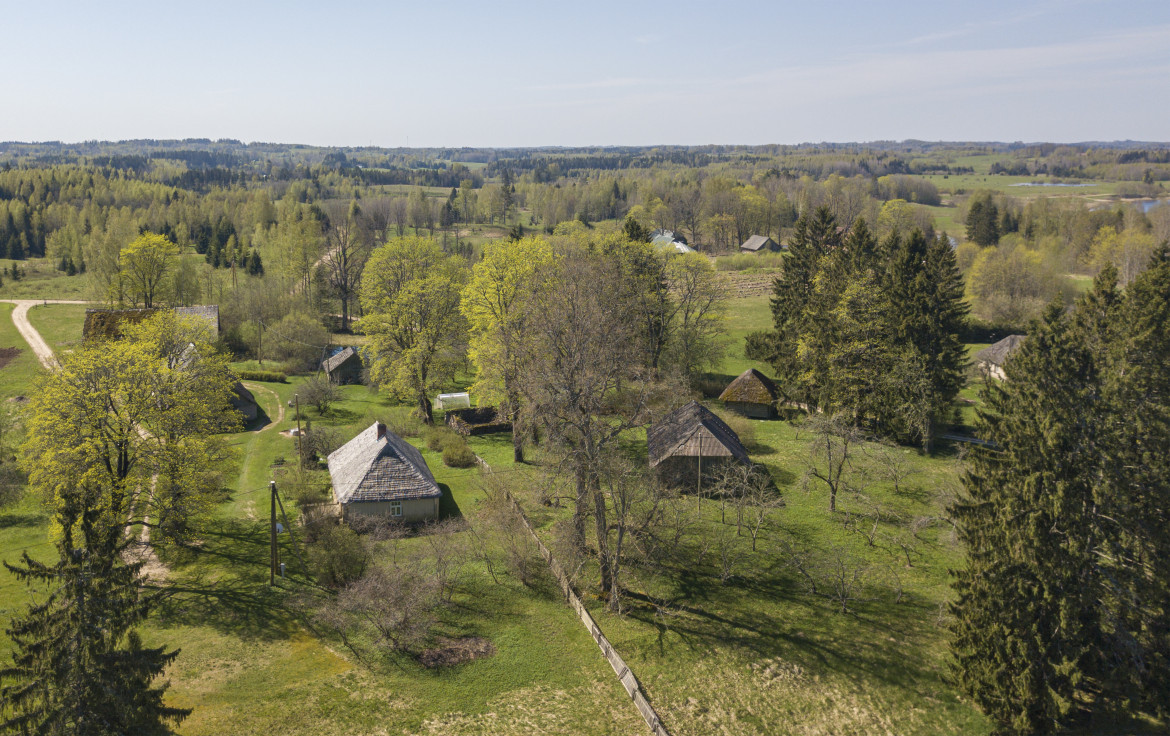 "Vēveri" Vecpiebalgā
"Vēveri" Vecpiebalgā
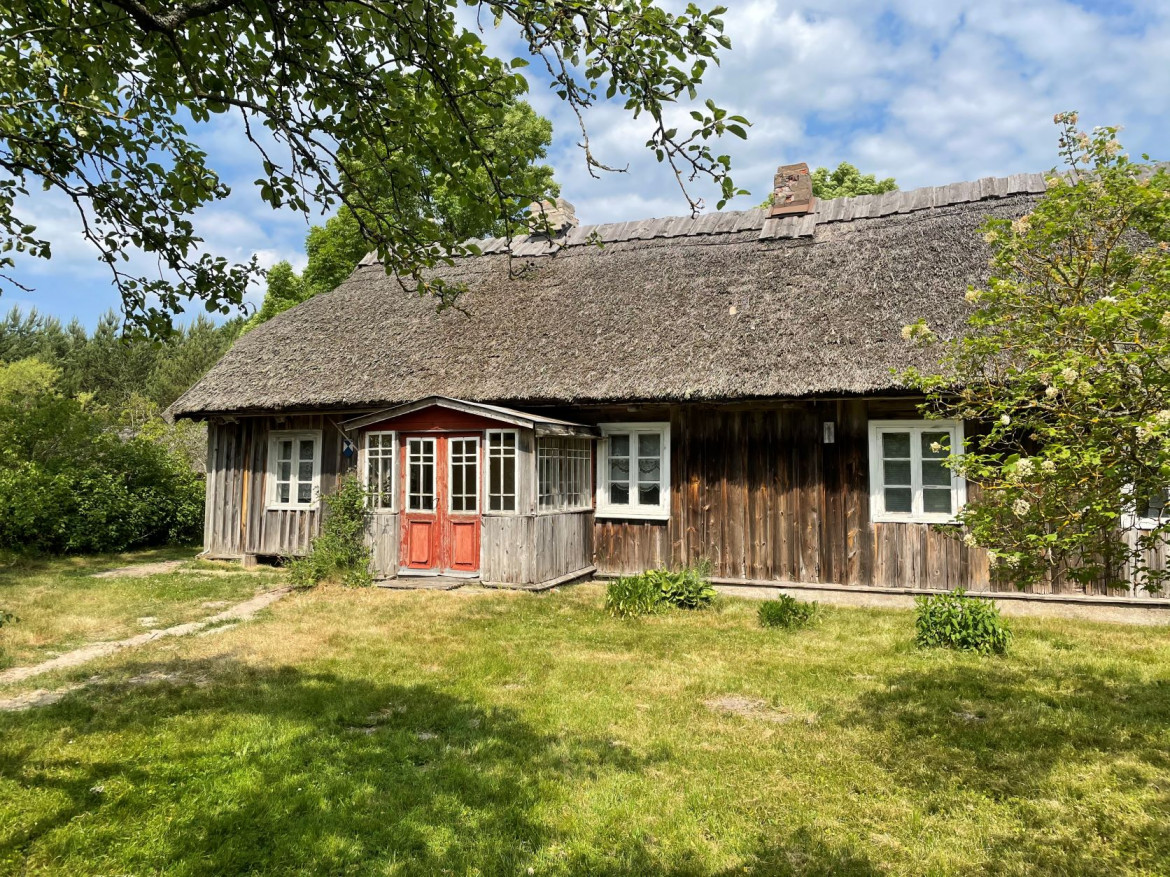 "Vītolnieki" Rucavā, Papes Ķoņu ciemā
"Vītolnieki" Rucavā, Papes Ķoņu ciemā
Main keeper of collection - Mārtiņš Kuplais